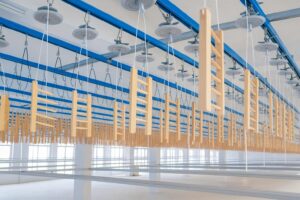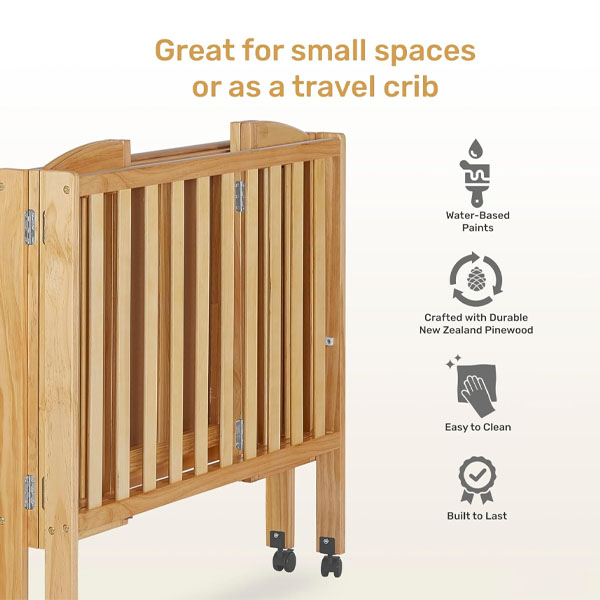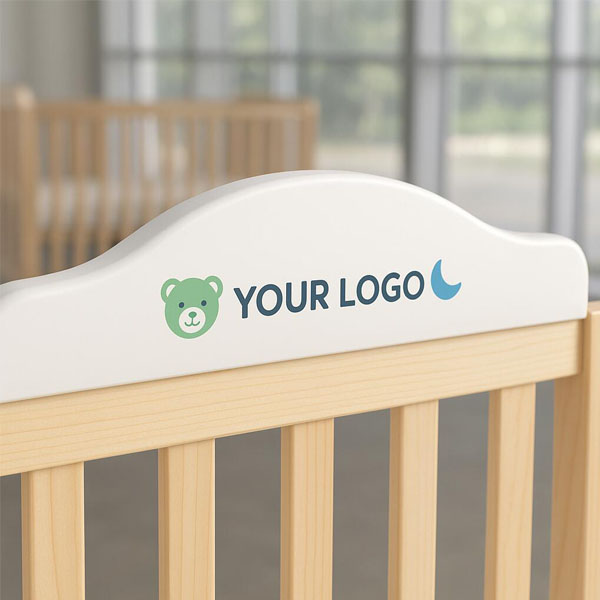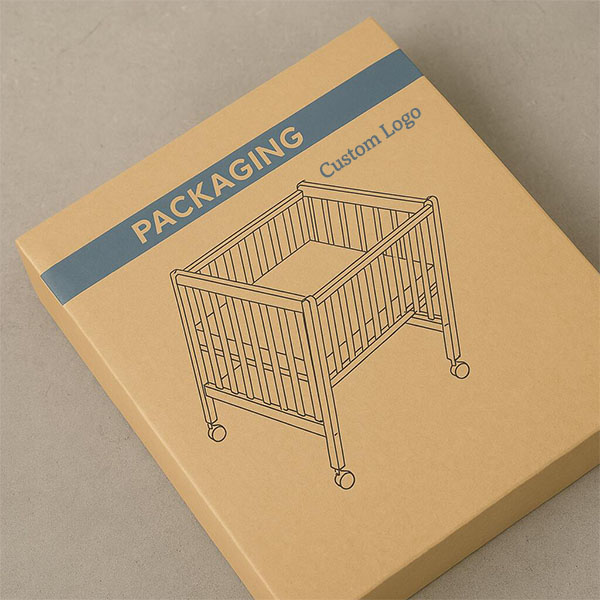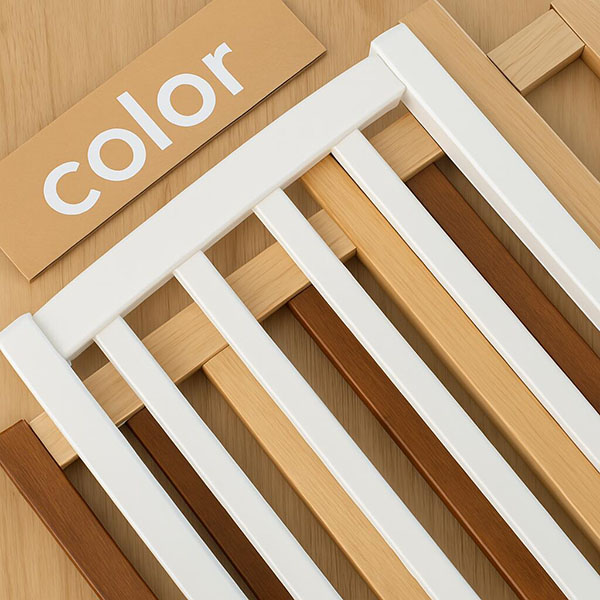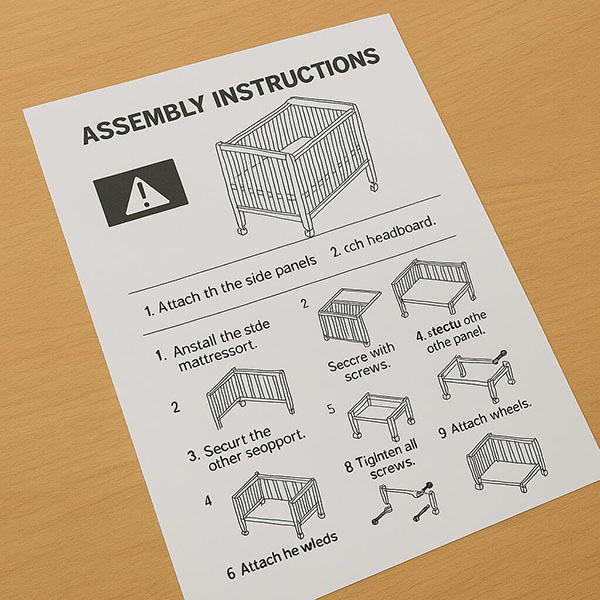How Much Weight Can a Crib Hold?
New parents often wonder: how much weight can a crib actually hold? Is it just about the baby’s weight, or are there other factors that matter?
Most standard cribs are designed to hold up to 33–44 lbs (15–20 kg). Once your baby can stand or climb, it’s time to transition, regardless of weight.
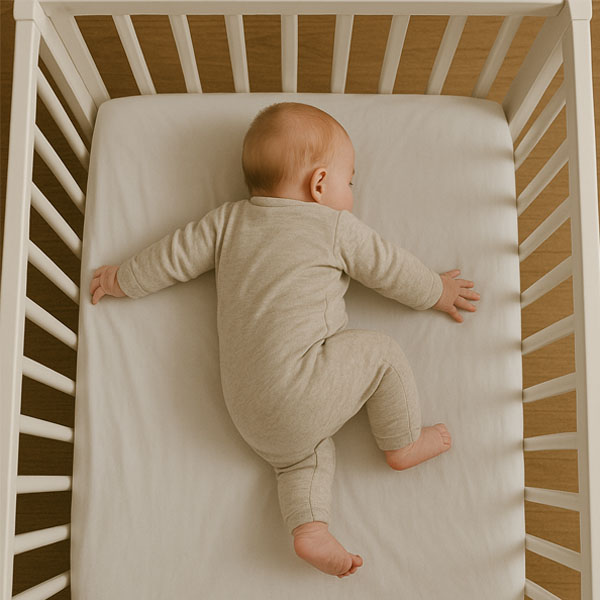
The weight limit is just one part of the picture. A baby’s ability to roll over, stand, or attempt climbing often determines whether a crib is still safe.
How Do Crib Materials Affect Weight Capacity?
Not all cribs are made the same. Materials and structure play a key role in safety and strength.
Solid wood and metal cribs usually offer the best weight support, while composite and plastic models tend to have lower capacity and durability.
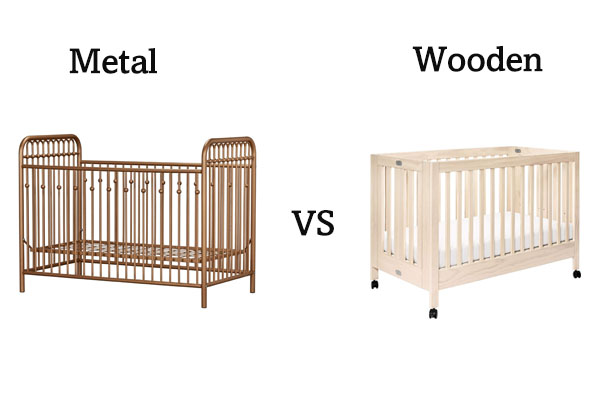
Material Comparison Table
| Material | Characteristics | Weight Support |
|---|---|---|
| Solid wood | Sturdy, eco-friendly, durable | Excellent (20+ kg) |
| Composite board | Lightweight, budget-friendly | Moderate (10–15 kg) |
| Metal | Strong, stable, long-lasting | Excellent (20+ kg) |
| Plastic | Lightweight, not ideal for long-term | Low (under 10 kg) |
International standards like EN 716 (Europe) and ASTM F1169 (USA) require cribs to pass static load tests with at least 45 lbs (20 kg) without collapsing.
What Factors Should You Consider When Buying a Crib?
A beautiful crib isn’t enough—it must also be safe, strong, and functional.
When choosing a crib, consider the material, frame stability, weight limit, rail height, mattress support type, and adjustability.
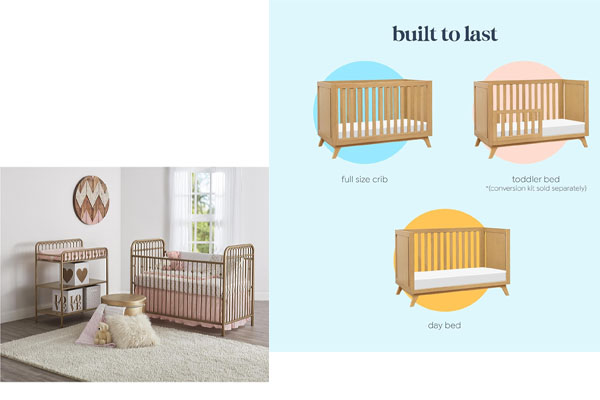
Important Features Checklist
| Feature | Recommendation |
|---|---|
| Rail height | At least 60 cm to prevent falls |
| Adjustable base | Must adapt to baby’s growth stages |
| Mattress support | Metal or wooden slats are safest |
| Surface treatment | Non-toxic finish, smooth edges |
| Structural stability | Should not wobble or shift when pushed |
Can I Sleep with My Baby in the Crib?
Absolutely not. Cribs are designed for babies only.
Adults should never sit, lie, or lean heavily in a crib. This can damage the frame or worse—cause injury to your child.
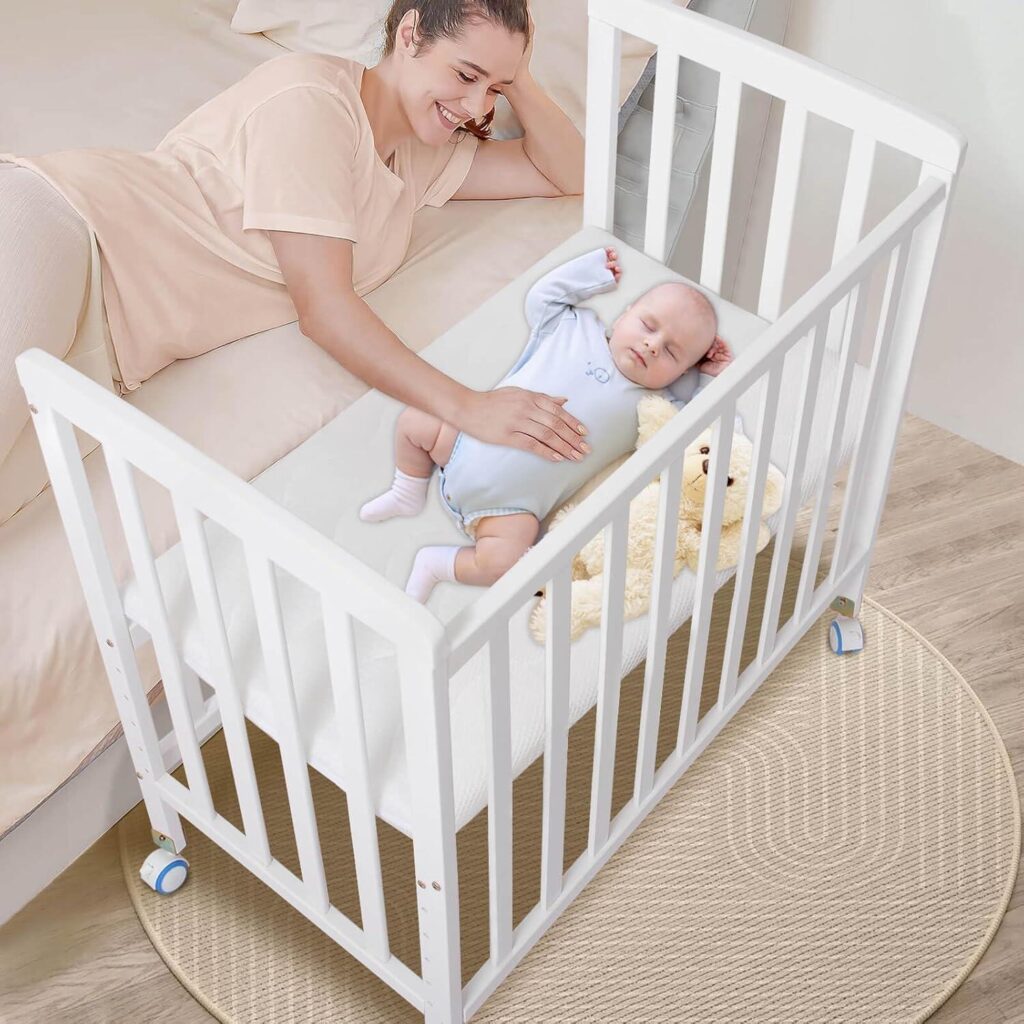
The World Health Organization (WHO) recommends room-sharing without bed-sharing for the first 6 months. This lowers the risk of SIDS (Sudden Infant Death Syndrome) and keeps both baby and parent safe.
When Should a Baby Transition Out of the Crib?
Don’t wait until the crib is too small. Focus on your baby’s development stage instead.
Once your baby reaches around 88 cm in height or begins to stand and climb, it’s time to switch to a toddler bed.
Signs It’s Time to Transition
| Behavior | Risk |
|---|---|
| Baby standing often | May fall out of crib |
| Climbing behaviors | High fall risk |
| Tossing and turning | Not enough space for safe sleep |
Most children transition between 18–24 months, but climbing behavior may require earlier changes.
What Are Good Alternatives to Cribs for Older Babies?
As your child grows, they need more space and a stronger bed structure.
Toddler beds, floor beds, extended side beds with rails, or Montessori-style beds are all great options after the crib phase.
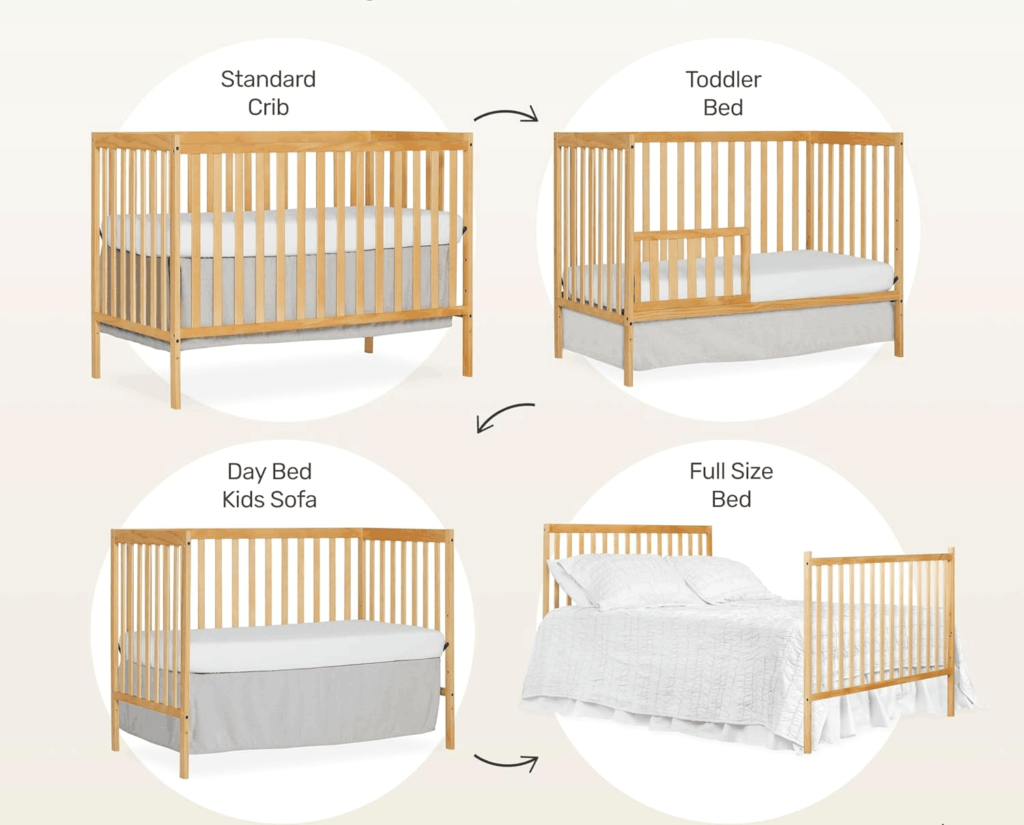
Recommended Alternatives
| Type of Bed | Features | Age Range |
|---|---|---|
| Adjustable toddler bed | Grows with your child | 2–6 years |
| Side-rail floor bed | Safer sleep with no risk of falls | 1–4 years |
| Montessori bed | Floor-based, promotes independence | 1+ years |
Craftsliving offers a wide selection of solid wood toddler beds and growth-friendly cribs. We support custom sizes, safety features, and attractive finishes for families looking for long-term, safe sleeping solutions.
Tips to Keep the Crib Safe
Even a sturdy crib can become unsafe without proper maintenance.
Check bolts, mattress tightness, and for any damage or gaps. Make safety checks a regular habit.
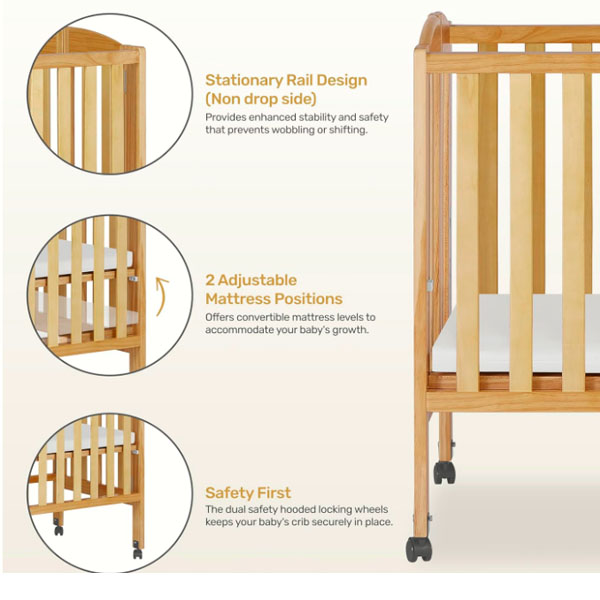
Safety Checklist
- Check screws and bolts monthly
- Ensure mattress fits snugly (no more than 2 fingers gap)
- Avoid bulky pillows or soft toys inside the crib
- Keep cords and curtains away from the crib area
- Only use certified or original mattresses
Conclusion
A crib isn’t forever. It has a clear weight limit and usage period. By understanding these limits and transitioning at the right time, you can keep your baby safe and comfortable while they grow.

